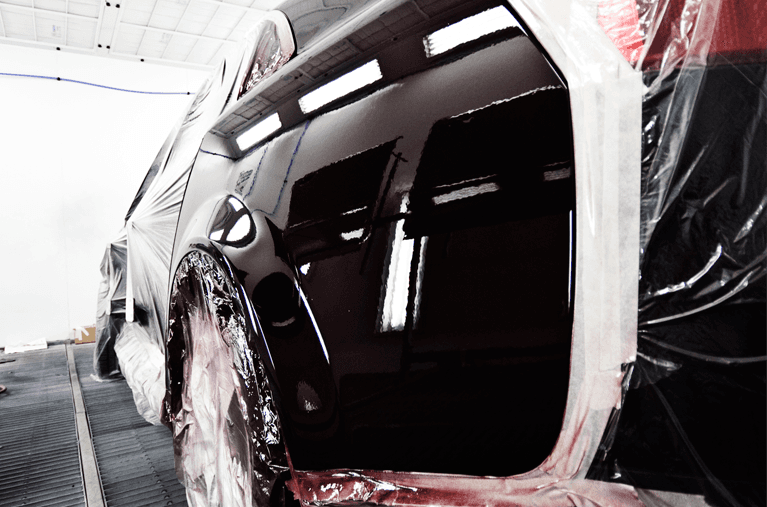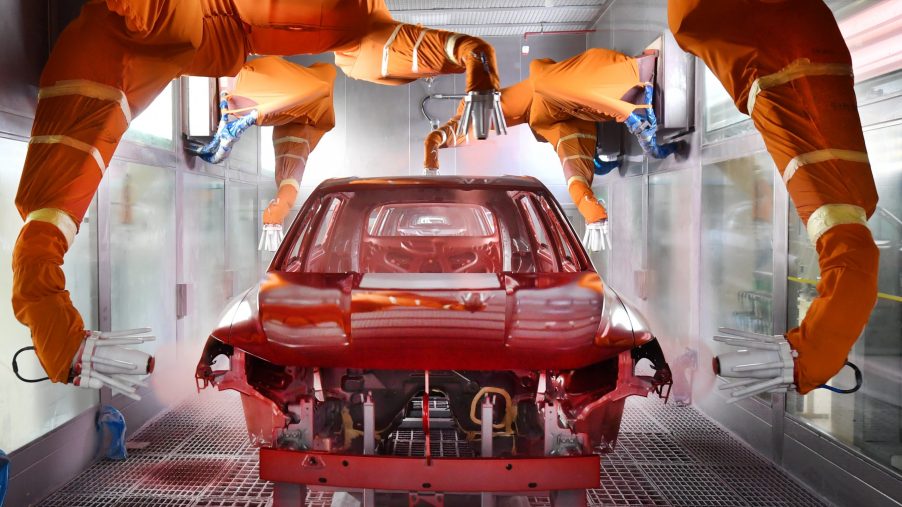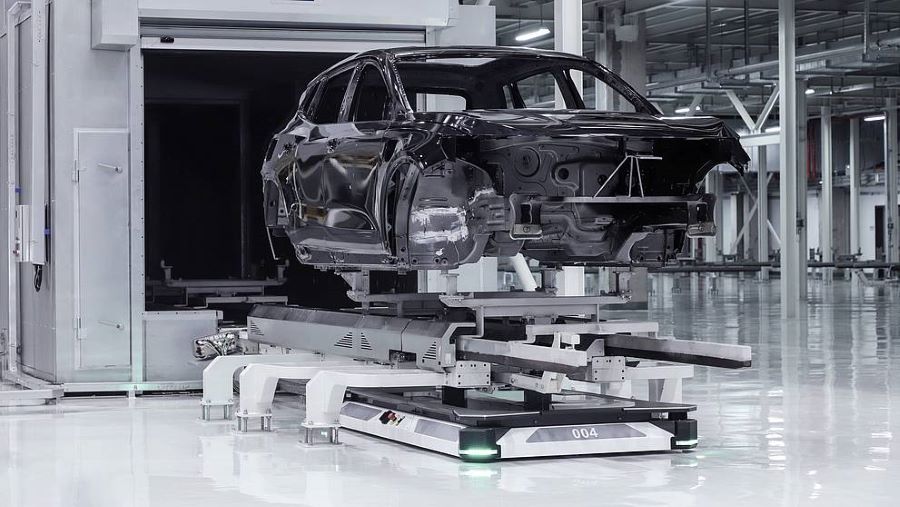When it comes to car painting, one crucial question often comes to mind: What size air compressor do I need to paint a car? Selecting the right air compressor can make a tremendous difference in the quality of your paint job. An inadequate air compressor can lead to poor paint application and blemishes. On the other hand, a properly sized air compressor ensures a smooth and even paint finish that you will be delighted with.

Understanding the Role of Air Compressors in Car Painting
An air compressor is a vital tool in the car painting process. It provides the compressed air needed to atomize the paint and spray it evenly over the car’s surface. The size of the air compressor determines its efficiency and the quality of the paint job.
The Importance of CFM and PSI
When choosing an air compressor for car painting, two essential metrics must be considered: CFM (Cubic Feet per Minute) and PSI (Pounds per Square Inch). CFM measures the volume of air the compressor can deliver, while PSI measures the pressure of the air. Both metrics are crucial because they determine the consistency and coverage of your paint job.
Recommended CFM and PSI for Painting a Car
For painting a car, a compressor with a CFM rating of 14-18 at 90 PSI is generally sufficient. This range ensures enough air volume and pressure to atomize the paint correctly, resulting in a smooth application.
Types of Air Compressors
There are different types of air compressors to choose from, each with its unique advantages and disadvantages:
- Single-Stage Compressors: These compressors are typically smaller and less expensive, making them suitable for small to medium-sized paint jobs.
- Two-Stage Compressors: These compressors are larger and more powerful, ideal for larger paint jobs or professional use.
Consider your project size and budget when choosing the type of air compressor that best suits your needs.
Tank Size Considerations
The tank size of the air compressor is another important factor to consider. A larger tank allows for more extended periods of continuous use without the compressor having to work as hard. For painting a car, a tank size of 20-30 gallons is recommended.
Additional Features to Look For
When selecting an air compressor, other features can enhance your painting experience:
- Portability: Consider a portable air compressor if you need to move it around frequently.
- Noise Levels: Some air compressors can be noisy, so look for models with lower decibel ratings if noise is a concern.
- Durability: Ensure the compressor is built with high-quality materials to increase its longevity.
Cost and Budgeting
Cost is always a consideration when purchasing an air compressor. Prices can range from a few hundred to several thousand dollars, depending on the size and features. Consider your budget and the long-term value of the compressor when making your decision.
Maintaining Your Air Compressor
Maintenance is crucial to ensure your air compressor’s longevity and performance. Regularly check for oil levels, filter cleanliness, and overall operational integrity. A well-maintained compressor will provide consistent performance and extend its lifespan.
Common Mistakes to Avoid
When using an air compressor for painting a car, avoid these common mistakes:
- Not Using a Moisture Trap: Moisture in the air can cause paint defects, so always use a moisture trap.
- Ignoring Compressor Specifications: Ensure the compressors specifications match the paint gun requirements.
- Overlooking Safety Measures: Always use safety gear and follow manufacturer guidelines to avoid accidents.
Expert Recommendations
Industry experts recommend using a quality HVLP (High Volume Low Pressure) paint gun with your air compressor. This type of paint gun is efficient and provides excellent coverage, making it ideal for car painting.

FAQs
1. What is the ideal CFM for painting a car?
The ideal CFM for painting a car is between 14 and 18 at 90 PSI. This range provides enough air volume and pressure for a smooth paint application.
2. How important is tank size for painting a car?
The tank size is crucial as it determines how long the compressor can run continuously. For car painting, a tank size of 20-30 gallons is recommended.
3. Can I use a single-stage compressor for painting a car?
Yes, you can use a single-stage compressor for small to medium-sized paint jobs. However, for larger or professional projects, a two-stage compressor is more suitable.
4. What maintenance does an air compressor require?
Regular maintenance includes checking oil levels, cleaning filters, and ensuring overall operational integrity. Proper maintenance ensures consistent performance and longevity.
For more information on how to paint a car, visit this external guide.
